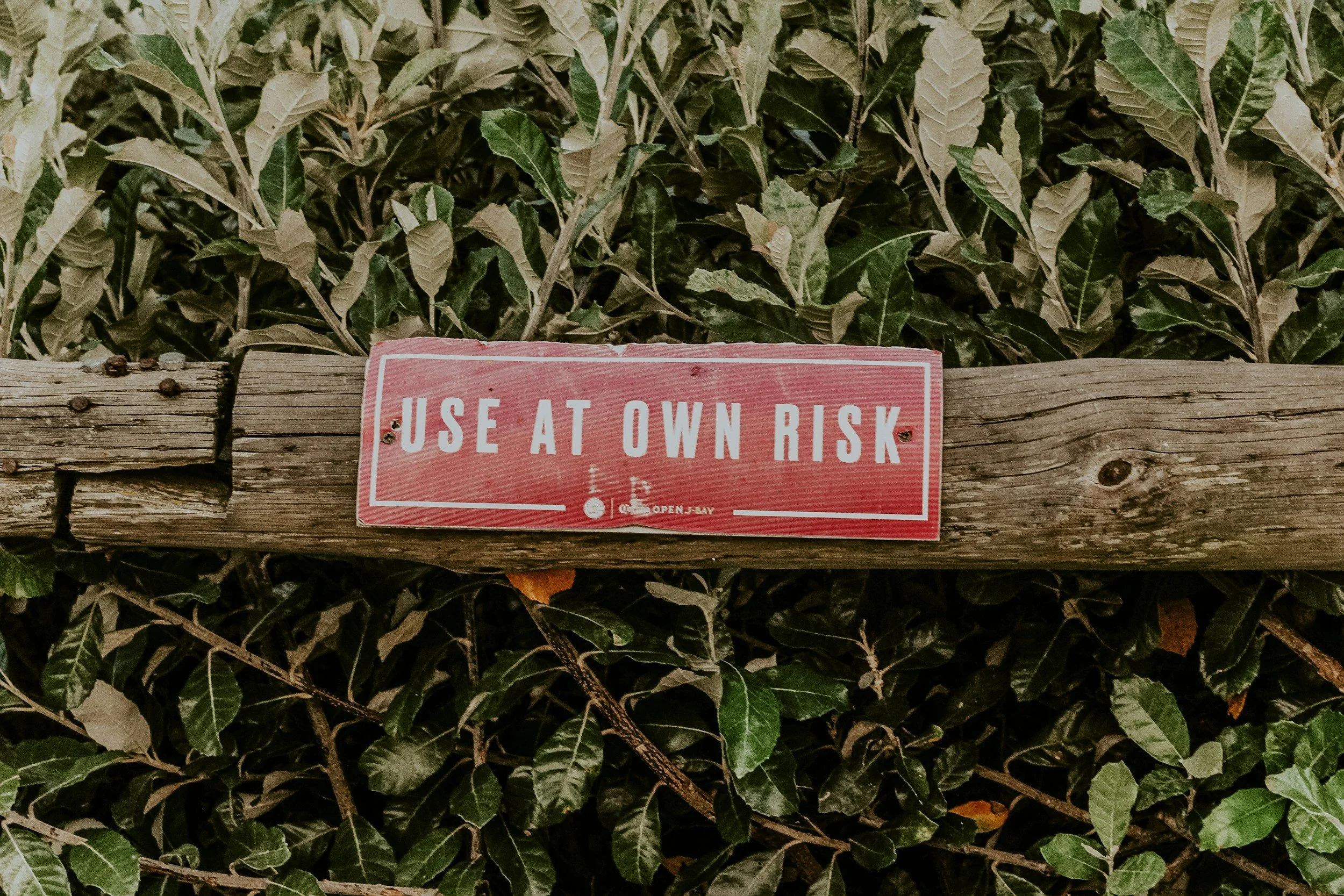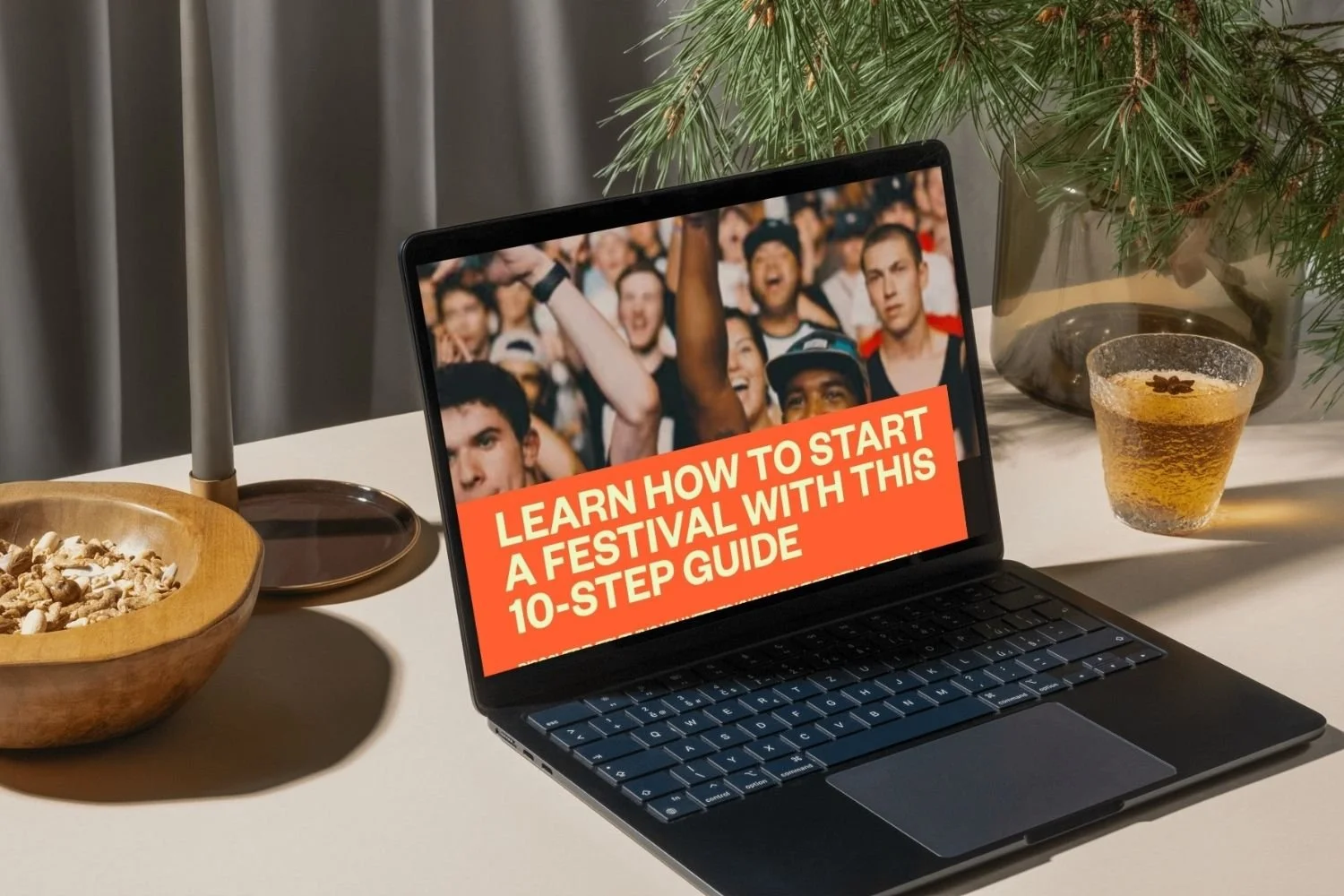Event Strategy vs. Event Brief: What’s the Difference?
Pro Tip: Understanding the distinction between these two key elements can help you stay organised and focused during your event planning.
When planning an event, two key documents will guide your process: the Event Strategy and the Event Brief.
But what exactly is the difference between the two? While they’re closely related, each serves a distinct purpose.
In this article, we’ll break down how each one fits into your planning process and how they work together to create a seamless, successful event.
The Event Strategy is the overarching vision for the event, including big picture goals. It’s your high-level plan that outlines what you want to achieve and why. '
Think of it as the foundation of your event.
On the other hand, the Event Brief is a key document that serves as a guiding light for event planning and management. It translates the goals and vision from the strategy into a specific roadmap.
While an event strategy covers the what and why, the event brief focuses on the how—detailing how you’re going to bring the strategy to life.
How the Event Strategy and Event Brief Work Together
Event Strategy: The Big Picture
Your event strategy is the foundation of your entire event plan. It’s where you define the why—the purpose behind your event, the goals you want to achieve, and the overall vision. Think of it as your roadmap, but on a higher level. It helps to set the direction and ensures that every decision made throughout the planning process aligns with the event’s core objectives.
The event strategy is typically created at the start of the planning process, as it provides a clear overview of the key themes, goals, target audience, and resources. It’s a guiding framework that helps to steer the planning team in the right direction and ensures consistency across all aspects of the event.
Your strategy might include things like:
Event objectives and desired outcomes
Core messaging and event theme
Target audience and their needs
High-level timeline and budget
Event Brief: The Action Plan
While the event strategy sets the stage, the event brief gets into the specifics. It’s your tactical guide to turning the strategy into reality. The event brief breaks down the event strategy into actionable steps and details, answering the how. It covers all the practical aspects that need to be addressed to ensure the event runs smoothly.
The event brief includes everything from the logistics to the exact roles and responsibilities of the team. It provides a clear outline of tasks, timelines, and the people responsible for getting things done. This is where the vision starts to take shape in real, actionable steps.
Typically, the event brief is created after the strategy, once you have a clearer understanding of the big picture. It gives everyone involved in the event a detailed, shared understanding of what needs to be done and by when.
The event brief might include:
Detailed event schedule and timeline
Roles and responsibilities of event staff
Venue details and layout
Specific tasks like vendor management, marketing efforts, and guest lists
Contingency plans for unexpected situations
Pro Tip: Still confused? We dive deeper into the process in our article How to Create the Perfect Event Brief and Why It Matters.
How They Work Together
In short, the event strategy sets the vision, and the event brief lays out the plan to make that vision a reality.
Think of the event strategy as your north star—it defines where you want to go and what success looks like. The event brief, on the other hand, is the step-by-step guide that helps you get there.
Without a strategy, the event brief might lack direction, leading to a disjointed planning process. Without a brief, the strategy remains just an idea without any concrete actions to back it up.
By aligning your event brief with your event strategy, you ensure that every detail, every action, and every decision supports the larger vision for your event. This integrated approach helps you stay focused, maintain consistency, and deliver an event that meets your goals.
By starting with a well-thought-out event strategy and concise event brief, you’re setting yourself up for success.
Whether you’re planning a corporate conference or a community festival, having a clear vision, timeline, and budget will help guide every decision.
With the right strategy in place, you’ll not only stay organized but also create an event that leaves a lasting impact.
You Might Also Like
Meet Your Mentor
Hey! I’m Rachella — founder of Event Kit and an Event Consultant with 25+ years of experience running world-class festivals and public events. I created Event Kit because I knew there had to be a smarter, less overwhelming way to plan pro-level events.
EVENT KIT LIBRARY
Guides & Tutorials: Expert Insights & Event Planning Inspiration
Your go-to for practical event planning advice, from beginner basics to smart professional development.















